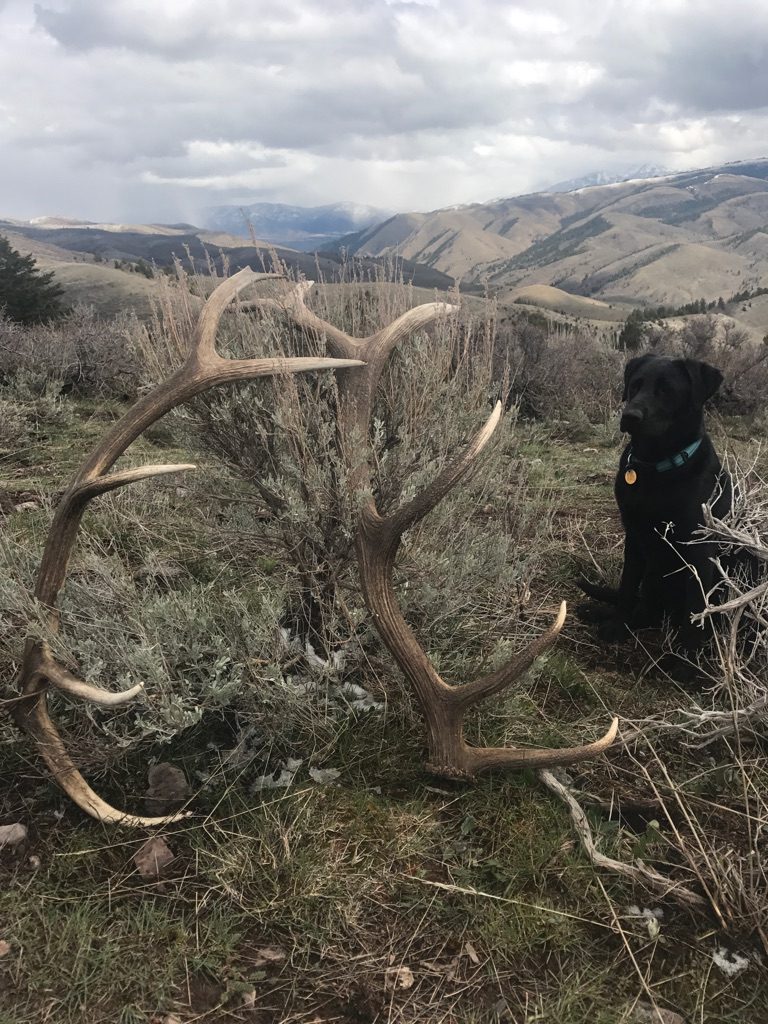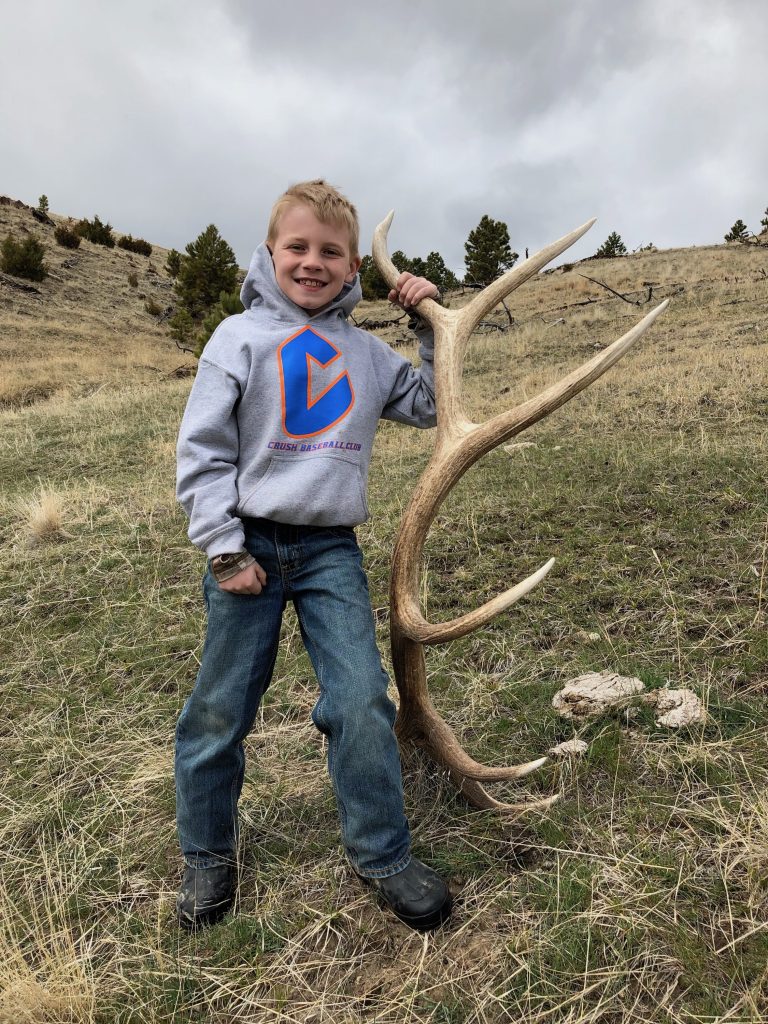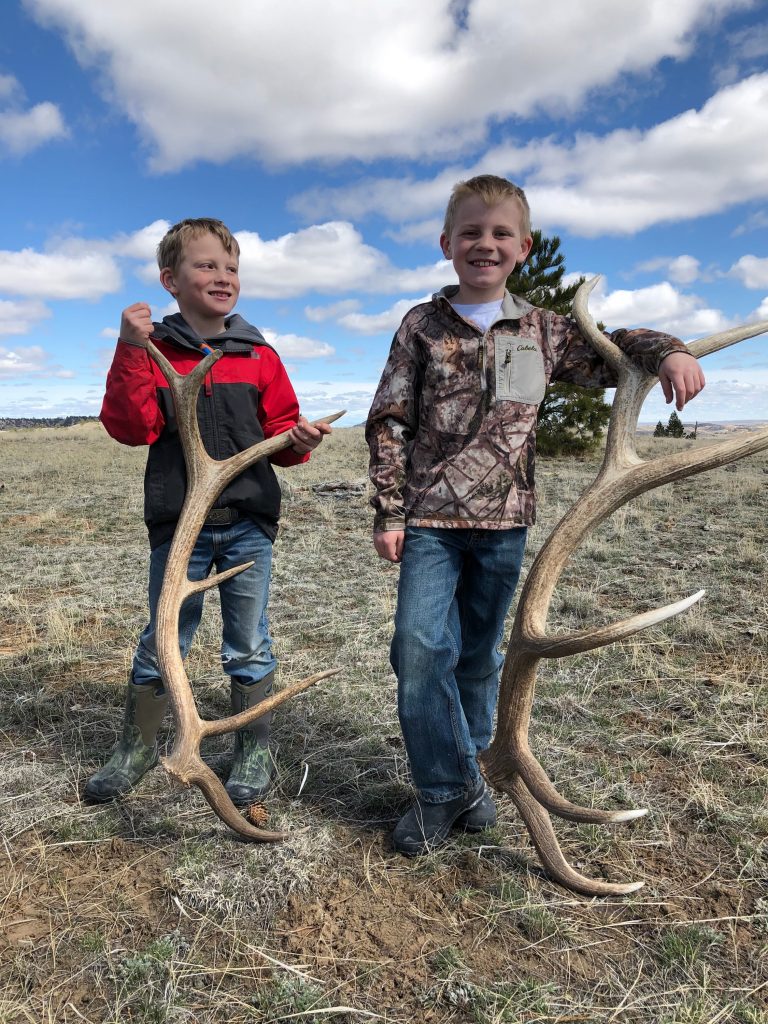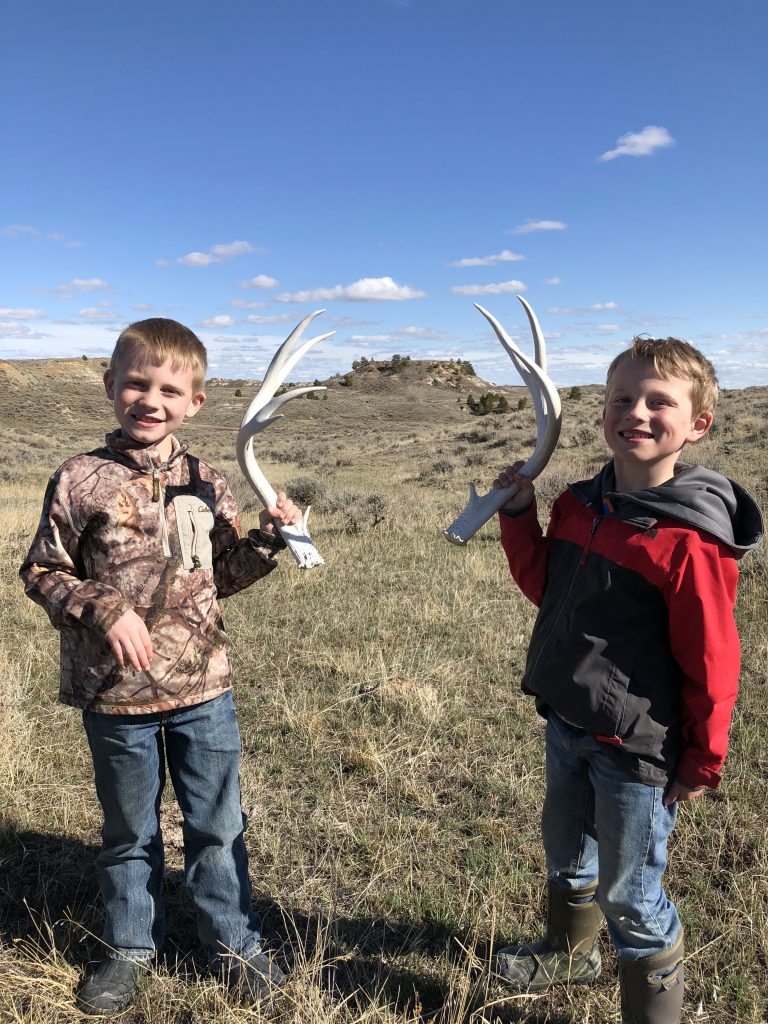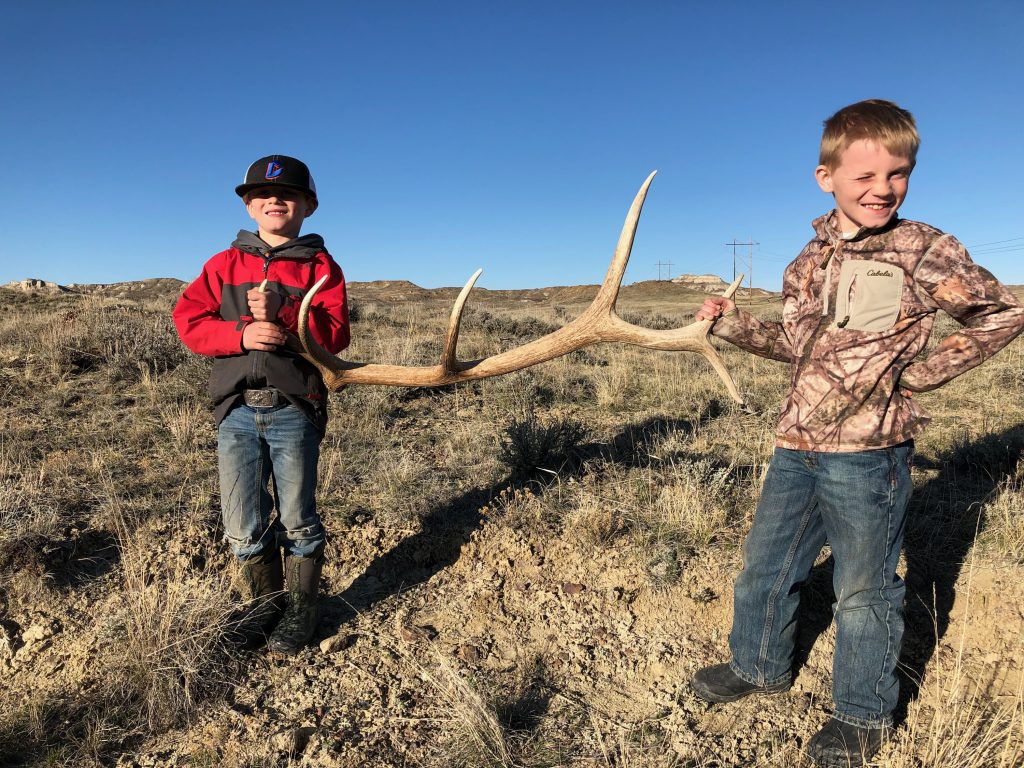Your Outdoor Fitness Elevated: Shed Hunting, The Do’s and Don’ts.
With spring in sight and many of you eager to get outside, we encourage you to take advantage of the warmer temps and test your outdoor fitness. Take the time and hit the trails! While you’re in the foothills, it’s a great time of year to keep an eye out for big game antlers. Although many take this task very seriously, we would like to remind you to check your state laws regarding shed hunting, and keep in mind the well-being of the wildlife.
Antlers from deer, elk, and moose are commonly found in areas where they spend the winter months. Typically, mule deer and moose shed in late December through March, and elk shed from mid-winter through April. While big game shed their antlers in the spring, this is also the most vulnerable time of years for these animals. After significant snowfall, like this past winter, the animals tend to be a bit weaker and move slower as they look for feed. Keep in mind that wintering animals are very susceptible to any kind of disturbance.
That said, antler hunting — more commonly known as shed hunting — is a fun activity and can be done while out on a hike. All that’s required is a desire to hike steep hills and a willingness to endure spring’s ever-changing weather. Here are a few of our tips to maximize your fitness, enjoy your time looking for sheds, and absorb plenty of vitamin D.
Take your friends, family, and dogs with you. Make this a family outing. Encouraging others to get outdoors with you will make the time worth-while. They will also get to experience a bit of what you’ll enjoy during your upcoming Wyoming hunt(s). They’ll better understand why you’ve been putting the hours in at the gym and why hunting is a passion of yours.
Don’t disturb big game animals. If you happen to come upon a herd — or even a single animal — keep a respectable distance. If you do take your dogs along on the adventure, keep them near your side. Do not allow them to pressure the game, as a dog’s presence can easily aggravate the animals.
Respect private lands and follow all road and area restrictions. Like all outdoor recreationists, antler hunters must secure landowner permission to cross (or look for) antlers on private land. Keep in mind that some public lands are closed temporarily to human activity during the winter months, as well as early spring, to provide security areas that are disturbance-free. If you happen to have questions about the trails you are considering, contact your local BLM or game and fish departments.
Walk, don’t drive. Do not take motorized vehicles off designated roads and trails. Instead, travel by foot. Bonus is that this will push your fitness levels. Spring trails and roads are typically muddy, so driving can tarnish those areas.
Finally — and most importantly — have fun! If you have questions about our hunting terrain, simply give us a call. We are happy to answer any of your questions and point you in the right direction. The ultimate goal of getting out this spring is to help you optimize your fitness levels. After all, fall hunting season is less than six months away.
If you do not have a hunt scheduled this fall and would like to know more about our current availability, give us a call or click here to contact us.


